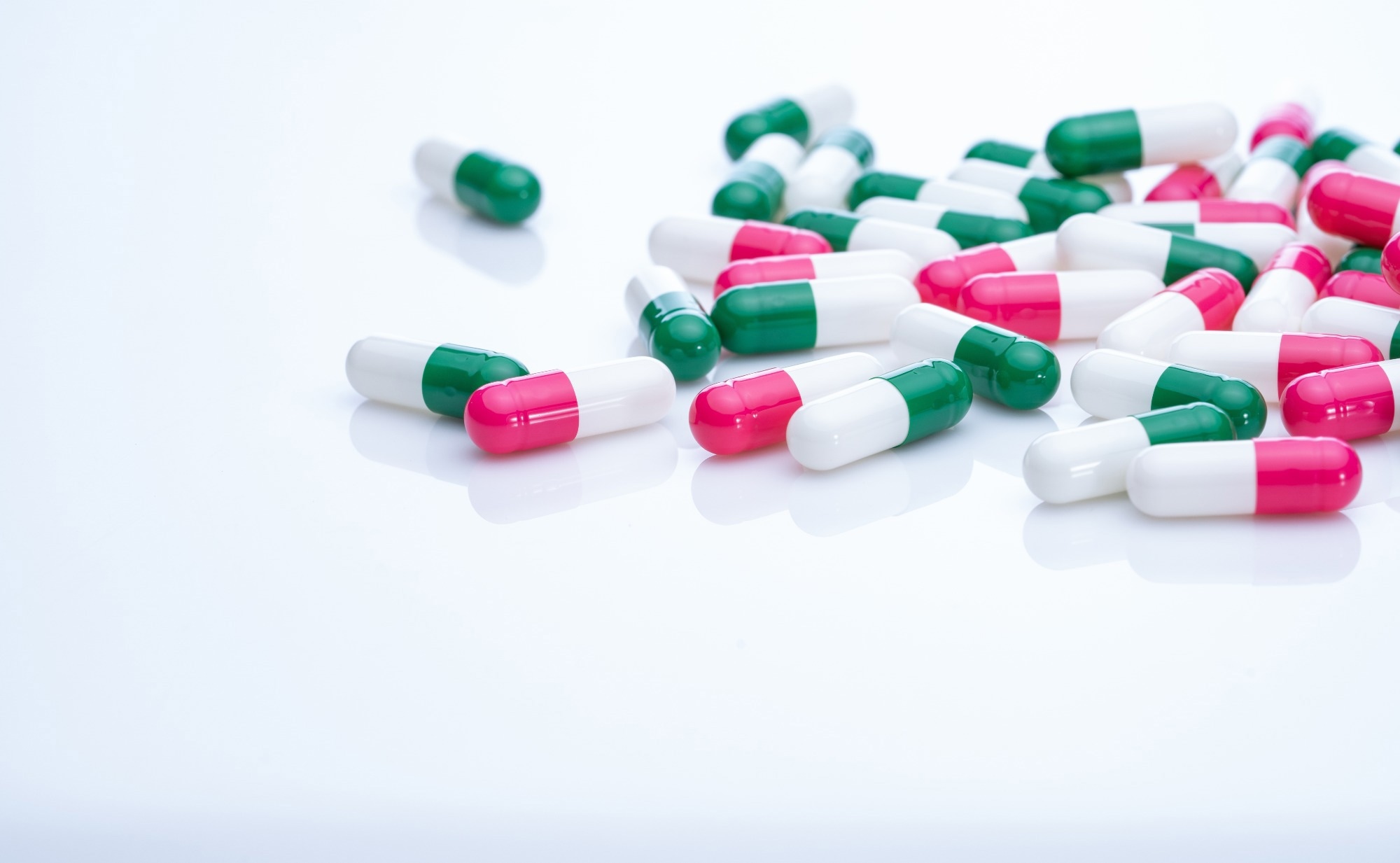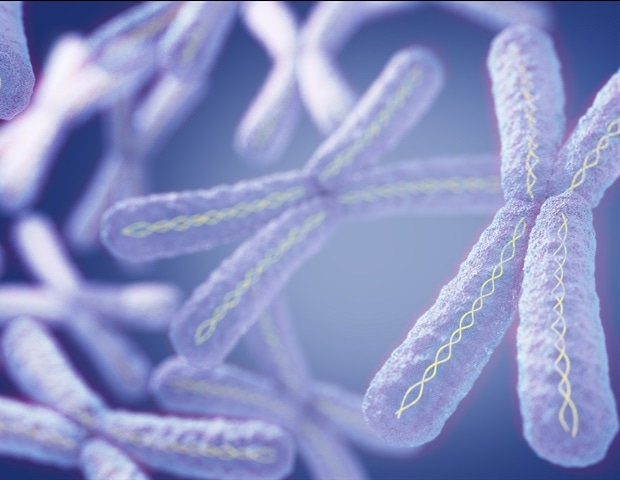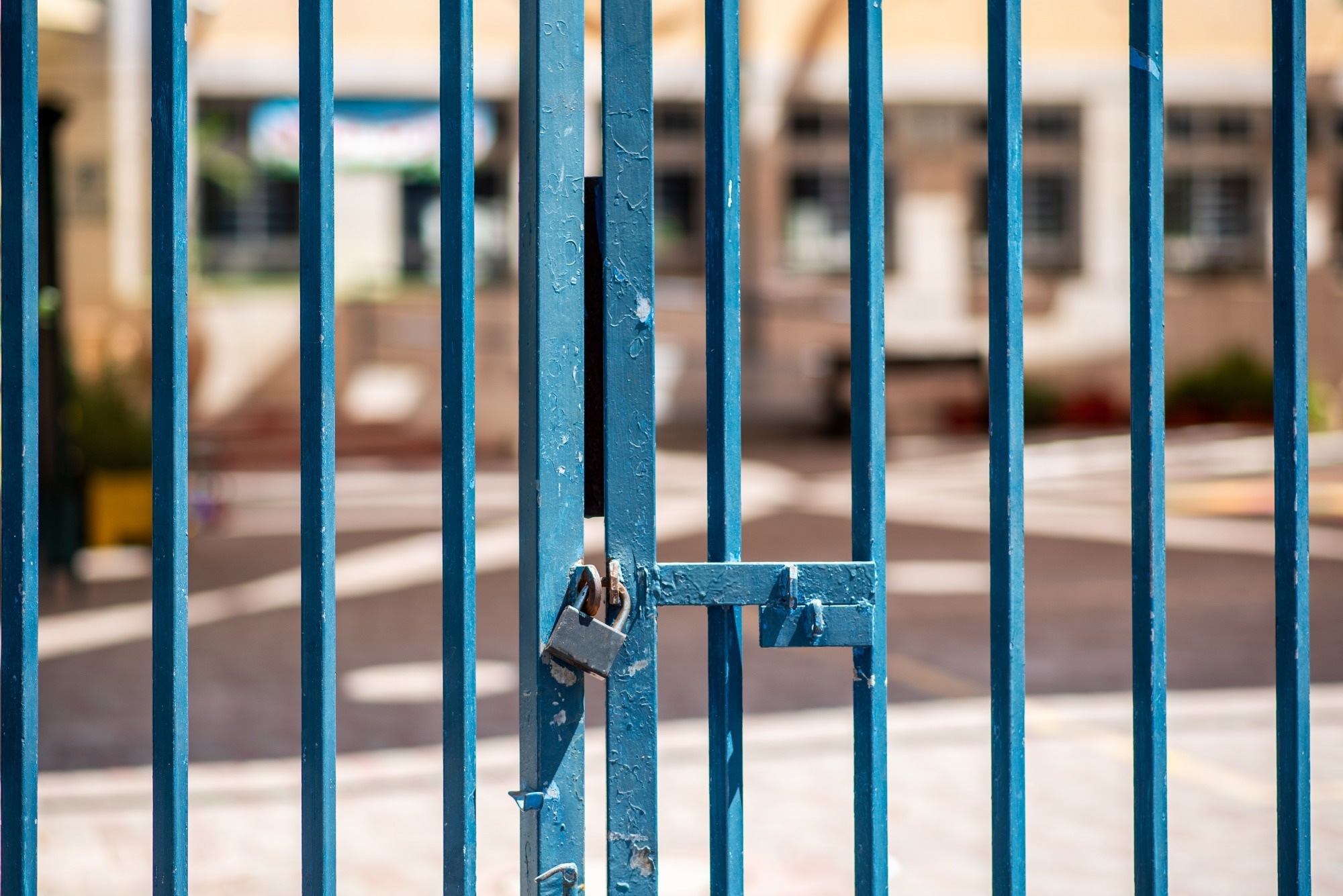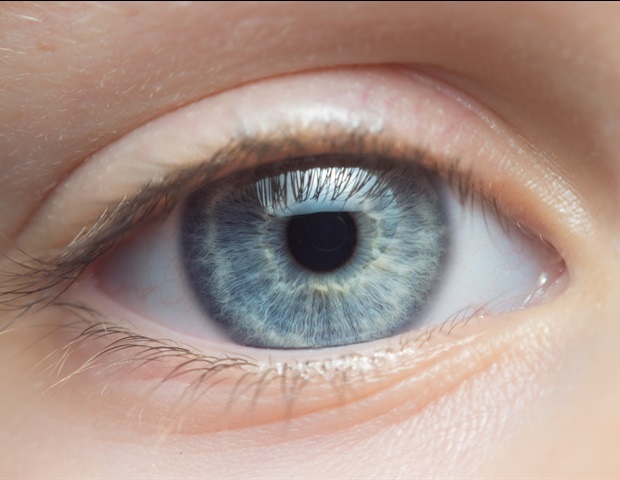In a recent study published in NEJM, researchers assessed the clinical efficacy of nirmatrelvir in preventing severe coronavirus disease 2019 (COVID-19) in Israel during the Omicron wave. It is noteworthy that by the time severe acute respiratory syndrome coronavirus 2 (SARS-CoV-2) new variant of concern (VOC) Omicron emerged in Israel, their population had widespread SARS-CoV-2 immunity.
Background
The National Institutes of Health (NIH) recommends the oral protease inhibitor nirmatrelvir as the first line of treatment for non-hospitalized adults at high risk of developing severe COVID-19, regardless of vaccination status. In fact, some in vitro studies also demonstrated potent inhibition of Omicron by nirmatrelvir therapy. Moreover, nirmatrelvir has shown significant efficacy in high-risk patients infected with SARS-CoV-2 Delta VOC. However, there is a lack of studies evaluating the clinical efficacy of nirmatrelvir against SARS-CoV-2 Omicron VOC in real-world settings.
About the study
In the present retrospective study, researchers used the electronic health records (EHRs) of the Clalit Health Services (CHS), representing ~52% of the Israeli population and two-thirds of their older adults.
All the patients aged 40 years or older who had received a confirmed COVID-19 diagnosis as outpatients on or before February 24, 2022, were eligible to enter the study. Since they were highly prone to developing severe COVID-19, the researchers deemed them eligible to receive the nirmatrelvir therapy based on a CHS-developed risk model. Additionally, they considered drug interactions and other contraindications mandated by the Food and Drug Administration (FDA) before initiating the nirmatrelvir regimen in eligible patients.
The study retrieved data from the primary care operational database and the COVID-19 database. The former had sociodemographic data and comprehensive clinical information, whereas the latter had COVID-19 diagnosis-related reverse transcription-polymerase chain reaction (RT-PCR) results, state-regulated rapid antigen test results, vaccination records, and hospitalizations and death records.
The study began on January 9, 2022, i.e., on the first day of nirmatrelvir administration among the CHS members, and ended on March 31, 2022, during which Omicron was the dominant SARS-CoV-2 VOC in Israel. Each CHS district delivered nirmatrelvir to the patients’ homes and verified whether or not they adhered to the treatment regimen.
The study’s primary and secondary outcomes were COVID-19-related hospitalization and death. The team also performed subgroup analyses to determine each patient’s SARS-CoV-2 immunity status. This analysis dichotomized patients into groups with previous immunity (infection- or vaccination-acquired or hybrid) and no previous immunity. Notably, per the Israeli Ministry of Health guidelines, unvaccinated and those who have received only one dose of a messenger ribonucleic acid (mRNA)-based COVID-19 vaccine have similar immunity status.
Since nirmatrelvir treatment (independent variable) varied over time, the researchers performed uni- and multi-variate survival analyses with time-dependent covariates, indicating the time of the initiation of nirmmatrelvir treatment for each patient. The team estimated the association between nirmatrelvir therapy and COVID-19 outcomes via a Cox proportional hazards regression model. Due to a significantly high number of potential confounders, they adopted two-step testing criteria for covariate selection.
First, they applied a univariate Kaplan–Meier analysis with a log-rank test to evaluate the relationship between each independent variable and the time-dependent primary outcome. Then, they compared the survival curves and Schoenfeld’s global test to test the proportional-hazards assumption for those variables. They fed variates that met these two testing criteria as inputs to the multivariate regression analysis. The researchers used another Cox proportional-hazards regression model to assess the relationship between each covariate and uptake of nirmatrelvir therapy.
Study findings
Of 109,254 patients who met the study eligibility criteria, only 3902 (4%) received nirmatrelvir treatment during the study period.
The key study finding was that regardless of the vaccination status, the rates of hospitalization and death due to COVID-19 were significantly lower among adults aged 65 years or older than among younger adults, both of which had received nirmatrelvir treatment. Accordingly, the former had 14.7 cases per 100,000 person-days, and the latter had 15.2 cases per 100,000 person-days, with an adjusted hazard ratio (aHR) of 0.27 and 0.74, respectively.
Notably, the aHR for death due to COVID-19 was 1.32. The study findings also aligned well with the subgroup analysis of the EPIC-HR trial. The observed risk of hospitalization due to Omicron was markedly lower in the current study, which was higher in the EPIC-HR trial conducted during the Delta variant wave.
Conclusion
Overall, the study findings showed that while nirmatrelvir therapy benefitted patients 65 years or older and reduced their susceptibility towards developing severe COVID-19, it offered no apparent benefits for younger adults during the Omicron surge.














